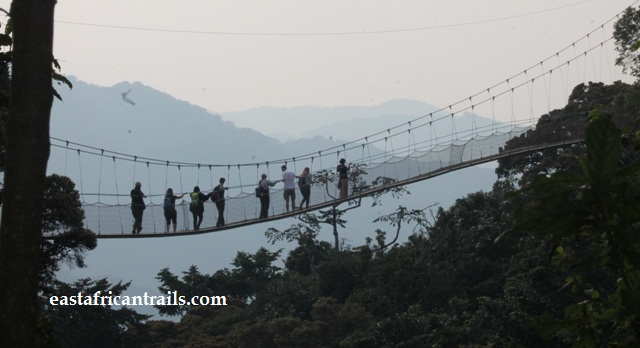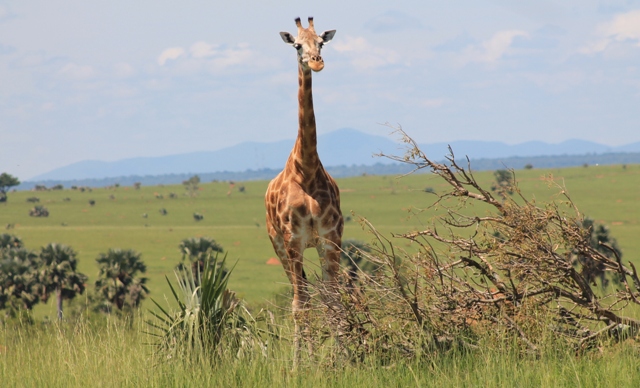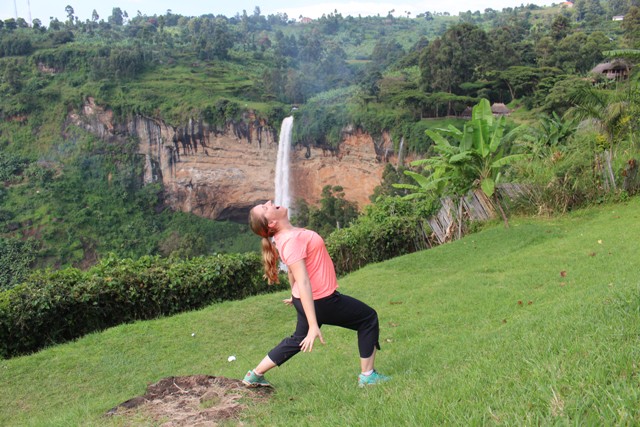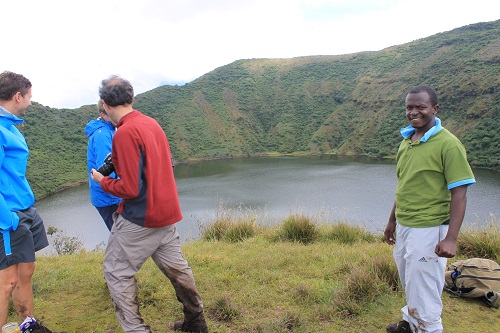On 17th October gunmen believed to be of the rebel outfit the ADF – Allied Democratic Forces (a designated terrorist organization with links to ISIS) killed two tourists and their tour drive while on safari in Queen Elizabeth National Park. This tragic incidence sent shockwaves through the tourism industry and the country’s leadership. Never before has the ADF had the motivation to attack foreigners, let alone tourists. This has impacted the tourism industry immensely as tour operators are reporting booking cancellations by tourists who had planned trips to Uganda.
How and why the ADF managed to attack the tourists in Queen Elizabeth National Park?
The country’s security infrastructure was caught off-guard by this incidence, as perhaps it was never imagined the ADF would have such motivation to target tourists or foreigners. But, this has been explained by the head of state, stating that the attack on tourists in Uganda by the ADF was a desperate act by the group facing defeat. The government of Uganda launched a campaign into Congo to wipe out the ADF where it has been basing to carry out the attacks in Uganda. And as such, the group has been dealt a huge blow by the campaign, having its fighters killed and bases annihilated within the Congo degrading it heavily and sending the remnants of its forces into disarray. The disintegrated group had some of its remnants sneak back into Uganda and it is from these about 5 terrorists killed tourists in Queen Elizabeth National Park.
Why the group managed to sneak into the park? It is because the park is shared along the border with Congo, and so it is the easiest place they could have managed to sneak in, attack and probably sneak quickly back into Congo.
How safe is Uganda after the attack and should I cancel the trip?
After the surprise attack the Ugandan government has massively increased deployment in and near Queen Elizabeth National Park as the army and other security agencies continue to comb the area of any insurgencies.
Security measures have also been upped in other national parks and tourism destinations such as Bwindi National Park, Murchison Falls National Park, Lake Mburo National Park, etc… However the likelihood of the rebels repeating such an attack in another park is very slim to impossible because they would not have an easy escape back into Congo before they are netted. Other parks are also not close to the conflict zone like Queen Elizabeth National Park that is extends into both countries.
Should you cancel your trip in Uganda? Definitely you should not. Uganda is stable and safe, the attack on tourists can be treated as a one off and has motivated the government even further to increase surveillance in the parks and to also commit to wipe out the ADF in Congo or degrade it to the point it can no longer pose any threat in future.
Should I exclude Queen Elizabeth National Park from my Ugandan tour?
At the moment, perhaps there is no safer place in Uganda than Queen Elizabeth National Park. The park has been combed of any possible threats from the ADF, and more security personnel have been deployed in the park especially the border regions. Also new safety measures have been put in place as the security agencies eliminate the threat of the rebels. For example, all game drives in are escorted by an armed security personnel, and game drives are done between 7am and 5.30pm.
However, if you think you will feel tense and won’t enjoy the safari in Queen Elizabeth Park then you can exclude the park which is often combined with a gorilla trek in Bwindi forest or chimpanzee trekking Kibale forest. You can instead visit Lake Mburo National Park on your way to the gorillas or chimpanzees.
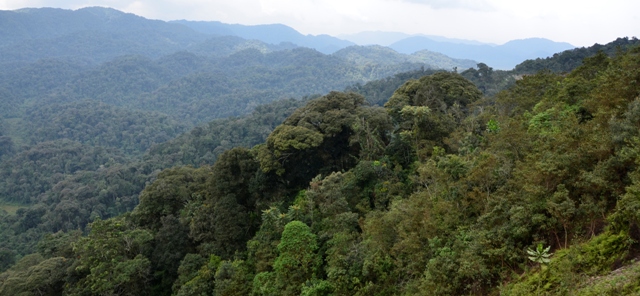 On September 19, 2023 Rwanda has received wonderful news, it has been confirmed
On September 19, 2023 Rwanda has received wonderful news, it has been confirmed 